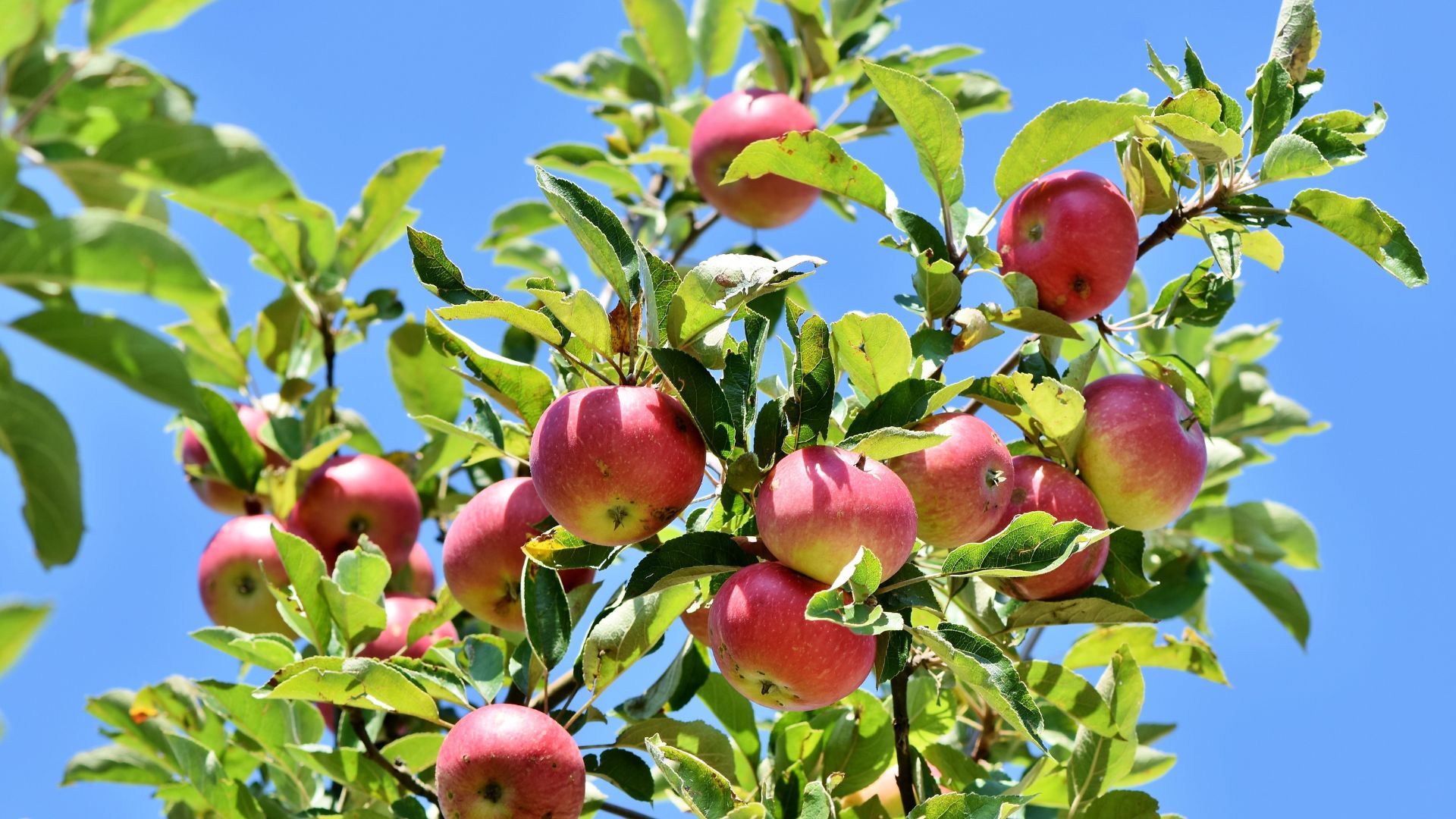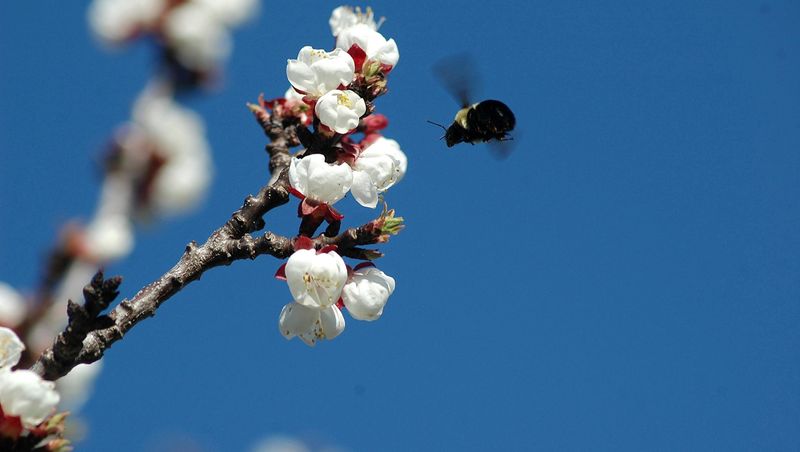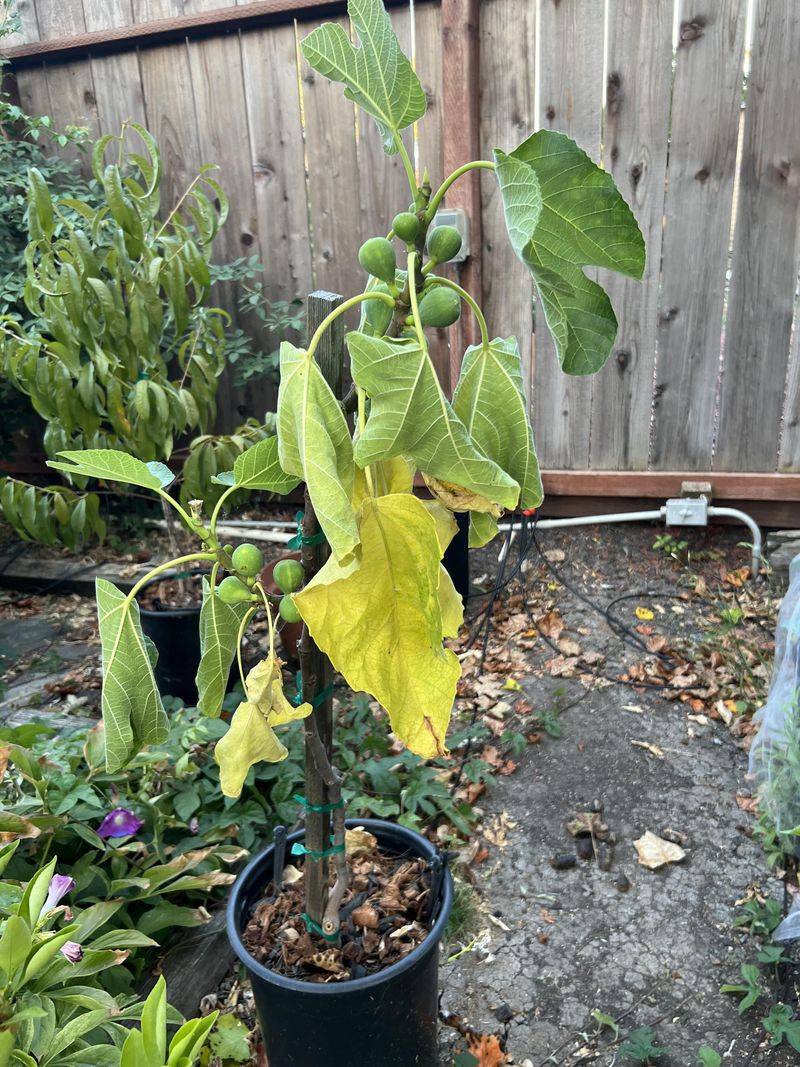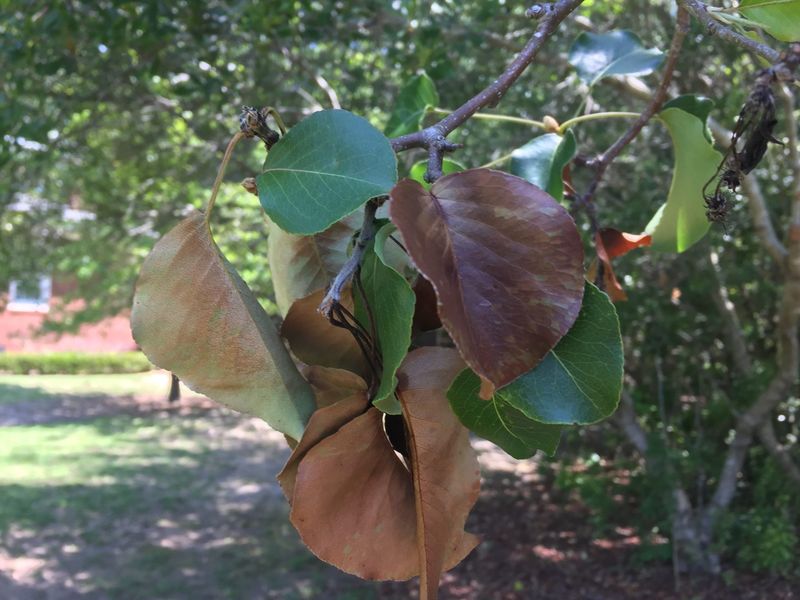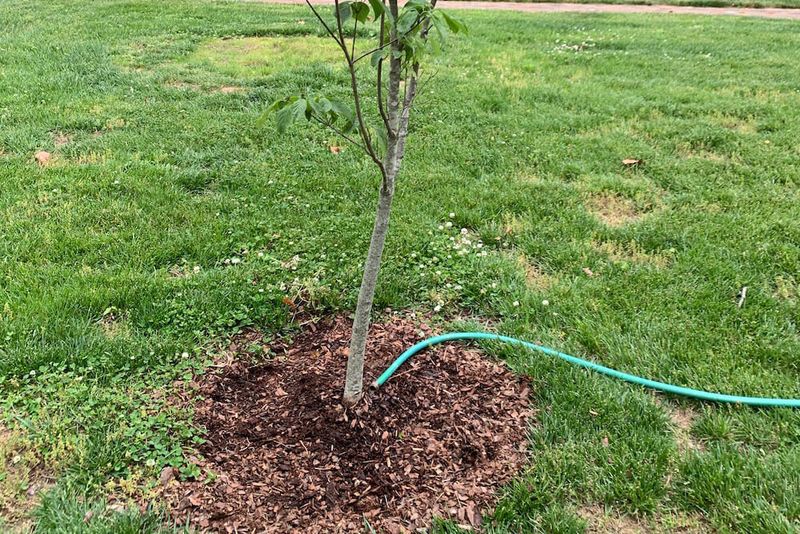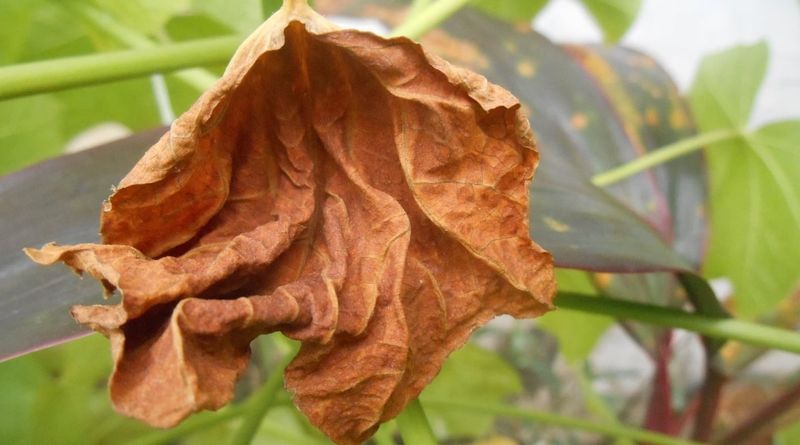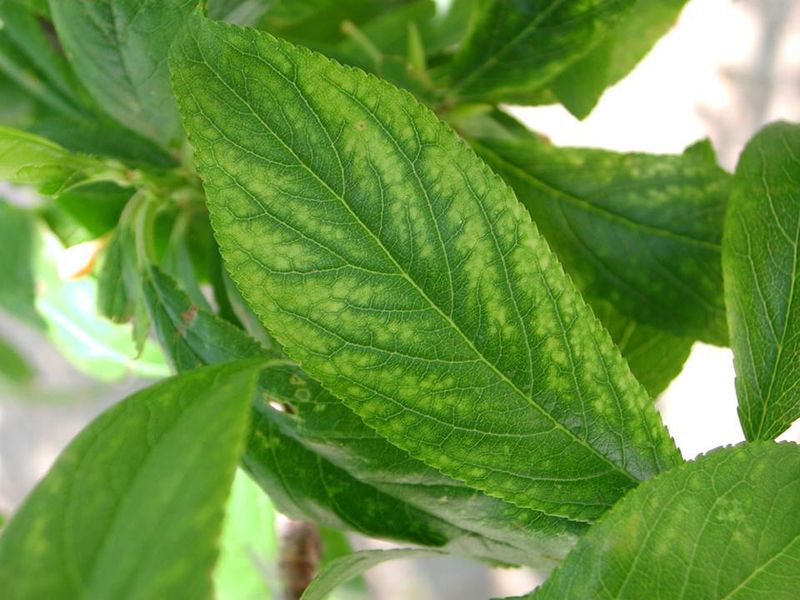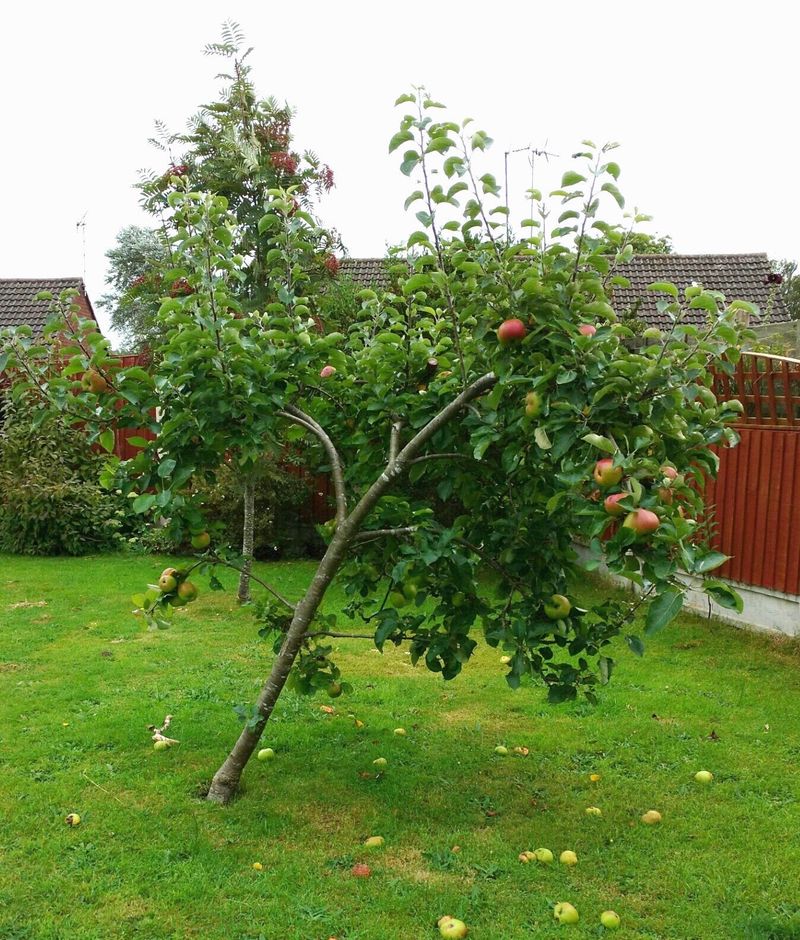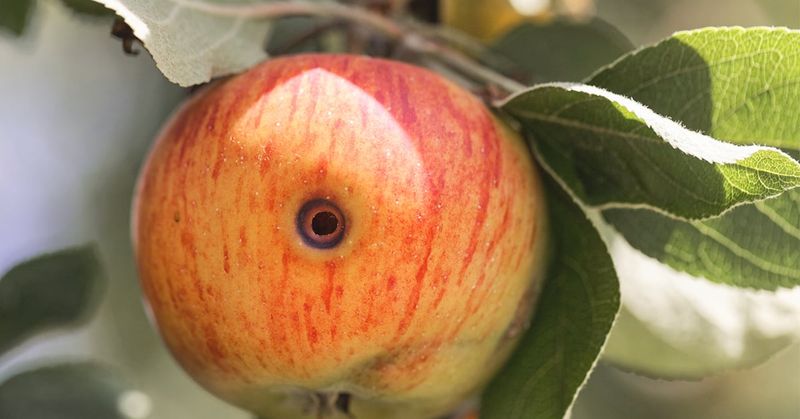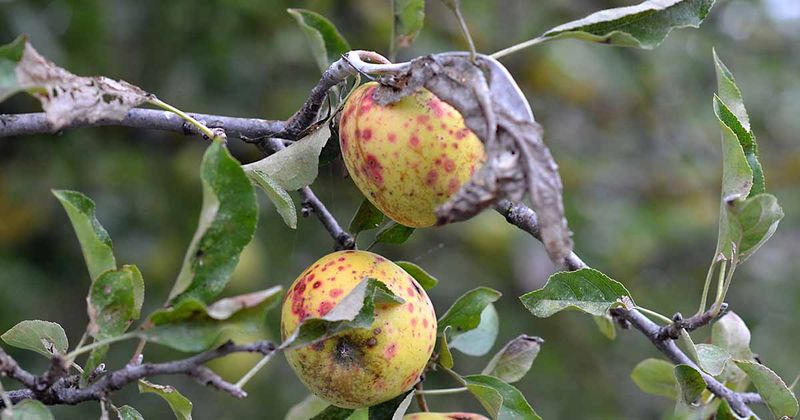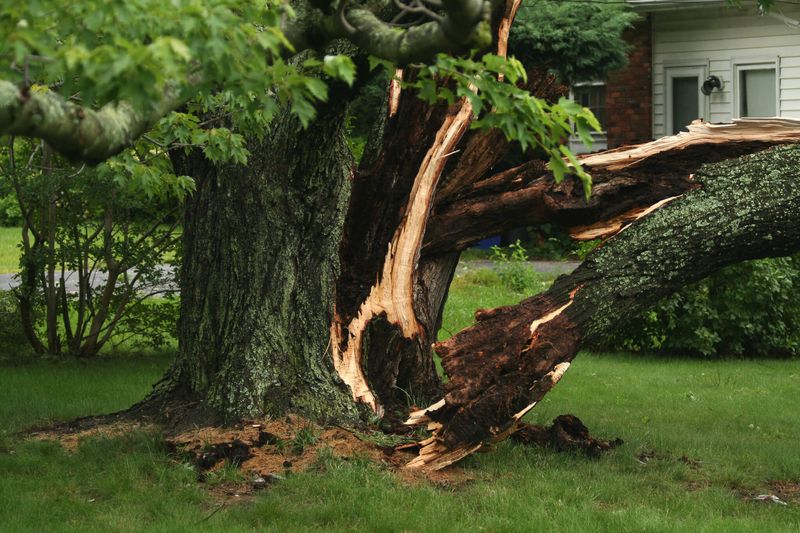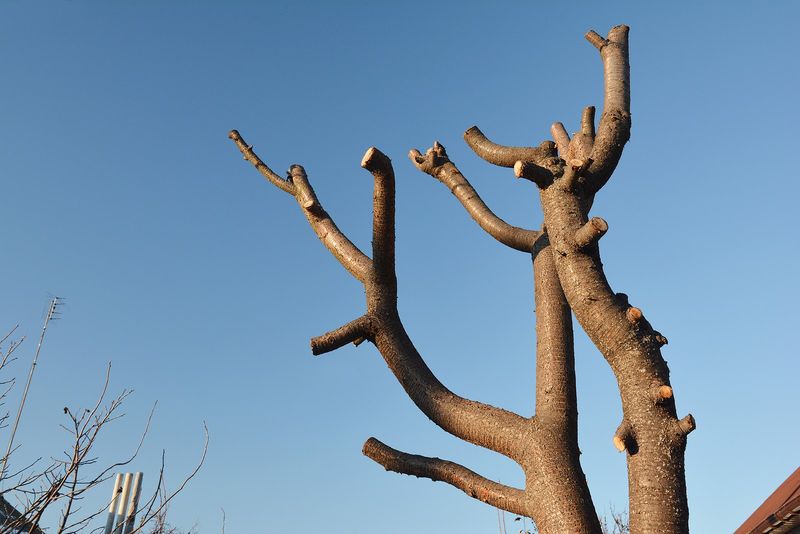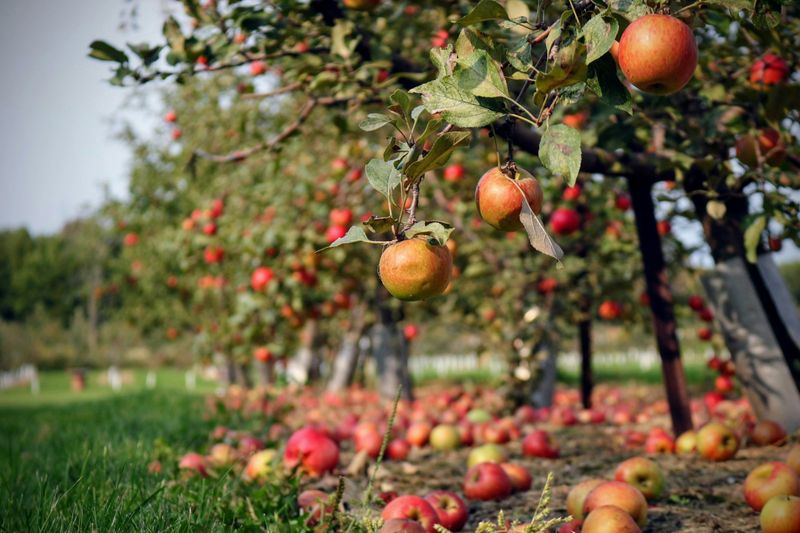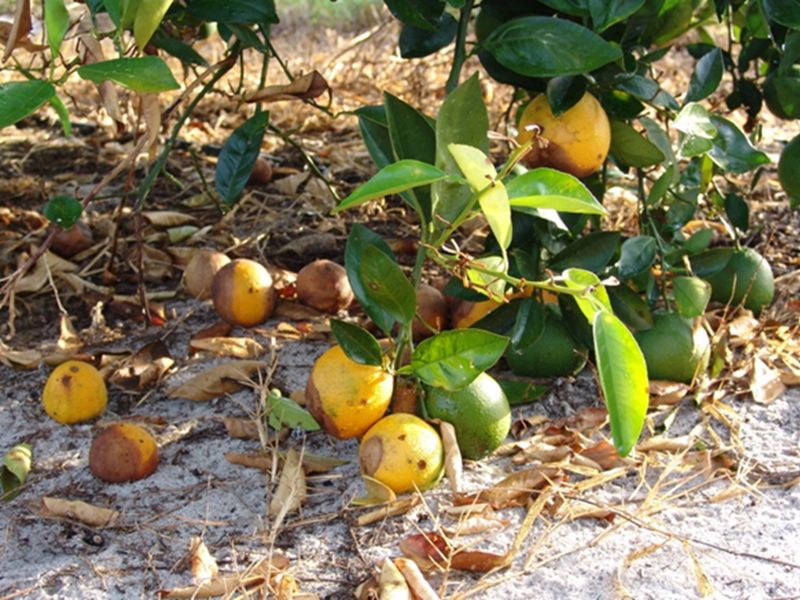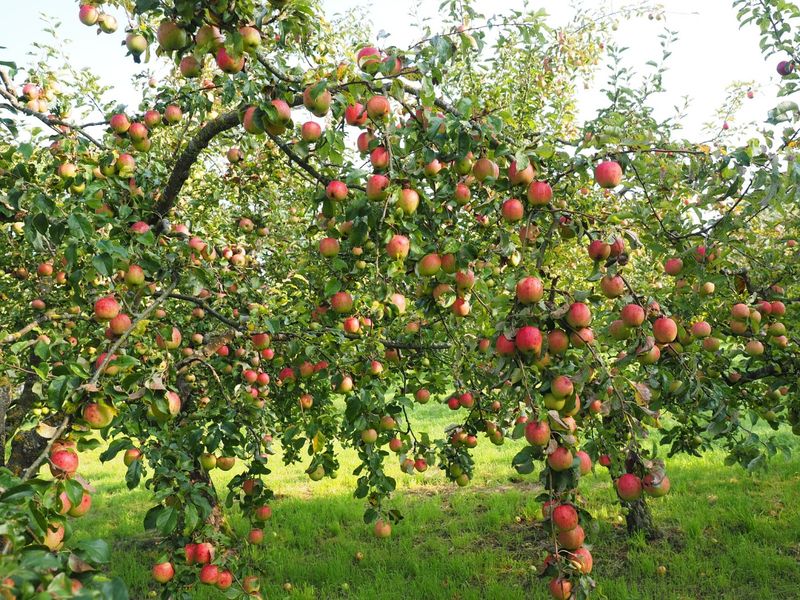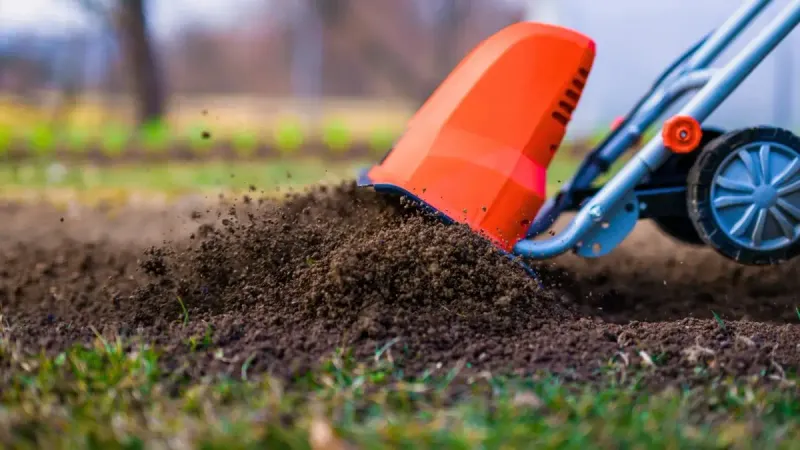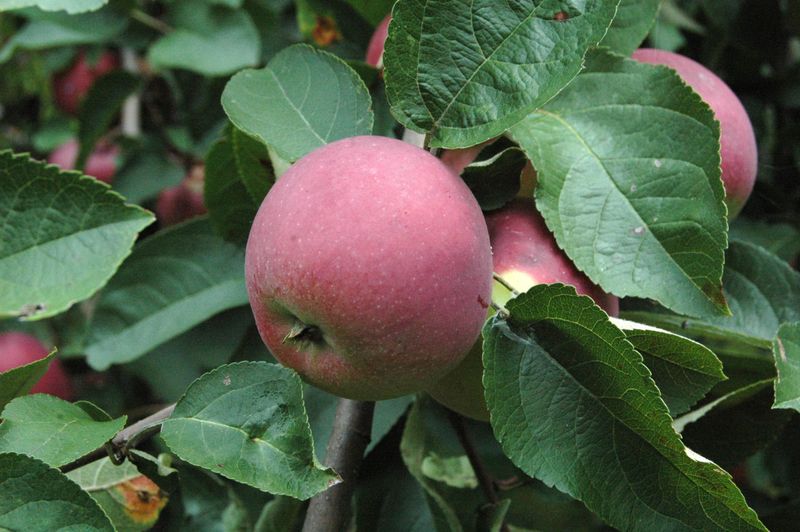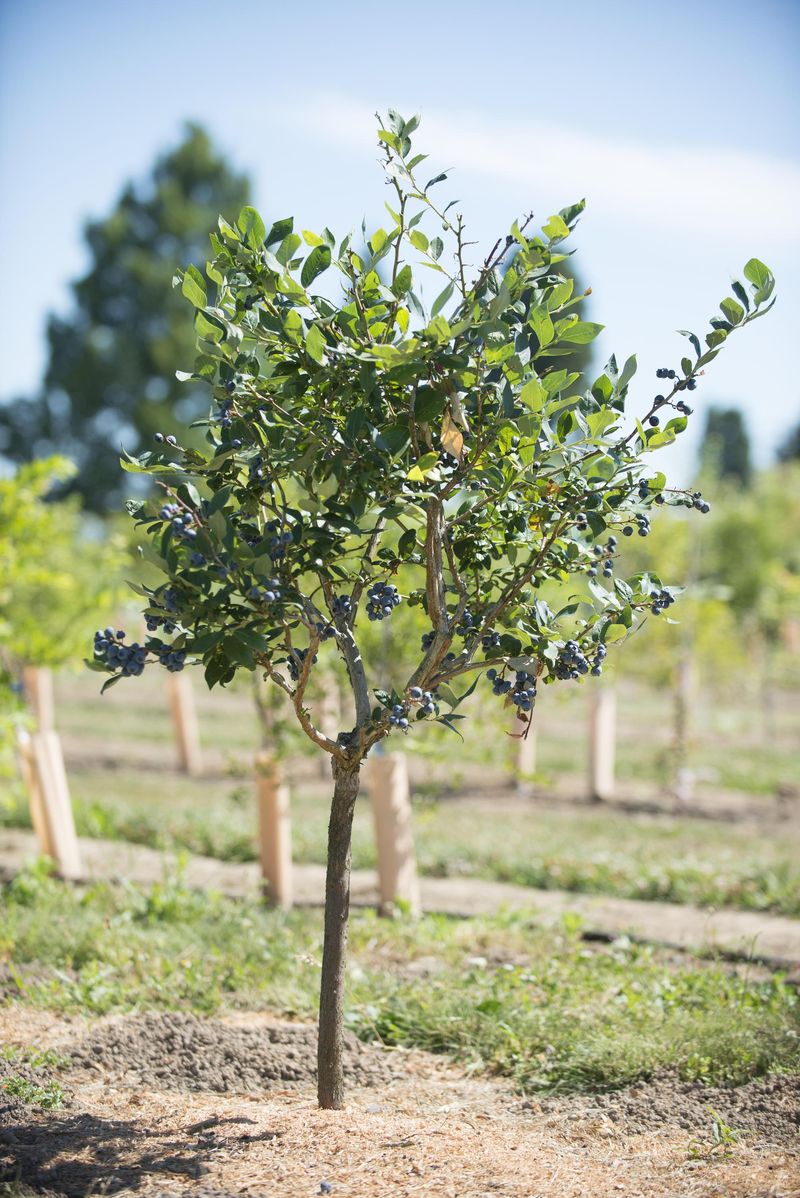It’s always a bit disappointing to see your tree dropping fruit before it’s had the chance to fully ripen. If you’ve been there, you’re definitely not alone—it’s a common issue that frustrates even seasoned gardeners.
The good news? Most of the time, there’s a reason behind the fruit drop—and a fix to go with it. Sometimes it’s the weather being unpredictable, other times it’s something as simple as watering a little too much (or too little). It might even be your tree’s natural way of thinning itself out to focus energy on fewer, healthier fruits.
So, here are some common reasons why trees let go of their fruit early, and more importantly, what you can do about it. With a few tweaks to your care routine, you’ll be back on track to enjoying a healthy, productive tree in no time.
1. Lack Of Pollination
Pollination is essential for fruit development, but sometimes, trees may not receive adequate help from nature. One common mistake is assuming that all trees are self-pollinating.
In reality, many require cross-pollination from a nearby partner. Without this, flowers may bloom but fruits won’t set. To fix this, consider planting a companion tree.
Additionally, attracting pollinators like bees by planting bee-friendly flora nearby can enhance pollination rates effectively, leading to better fruit production.
2. Excessive Heat Stress
During heat waves, trees can undergo stress, leading to fruit drop. When temperatures soar, the tree’s water needs rise dramatically, but sometimes the supply can’t keep up.
This imbalance causes the tree to shed fruit prematurely as a survival mechanism. To combat this, provide shade during the hottest part of the day or increase watering frequency, ensuring the soil remains moist but not waterlogged.
Mulching around the base can also help retain moisture and cool the roots.
3. Sudden Temperature Changes
Abrupt shifts in temperature can spell trouble for fruit trees. It’s not uncommon for a sudden cold snap to cause fruit loss, as trees struggle to adapt quickly.
This situation often leaves gardeners puzzled, especially when buds have just begun to form. To protect against temperature shocks, consider using frost cloths or windbreaks during transitional seasons.
This strategy will help buffer the tree from extreme conditions, allowing it to gradually adjust and maintain its fruit load.
4. Overwatering Or Poor Drainage
While water is crucial, too much can harm fruit trees, leading to yellowing leaves and fruit drop. Overwatering often results from poor drainage, suffocating the roots.
When roots can’t breathe, the tree’s health declines, reflected in its inability to sustain fruit. To address this, ensure proper drainage by amending soil with organic matter, and reduce watering frequency if needed.
Checking soil moisture before watering can prevent over-saturation, ensuring roots stay healthy and aerated.
5. Underwatering During Dry Spells
In dry spells, trees may not receive adequate water, leading to stress and eventual fruit drop. It’s easy to overlook this during hot, dry periods when rain is scarce.
Leaves may begin to droop, signaling a call for help. To counteract this, implement a regular watering schedule, especially during drought conditions.
Deep watering practices, where water reaches the root zone, can significantly improve a tree’s resilience and fruit retention, even in challenging climates.
6. Nutrient Deficiencies
Lack of essential nutrients can lead to weak fruit production and drop. Common deficiencies include nitrogen, potassium, and phosphorus, each affecting the tree differently.
Leaves may appear discolored or fruits may grow undersized. To remedy this, conduct a soil test to identify specific nutrient shortages.
Applying a balanced fertilizer tailored to the tree’s needs can rejuvenate its health, leading to stronger growth and improved fruit development.
7. Overloaded Branches
Sometimes branches bear more fruit than they can support, causing some to fall off. This natural thinning helps the tree focus resources on fewer fruits, improving their quality.
However, excessive drop might indicate a need for intervention. Pruning excess fruits early in the season can prevent branches from overloading.
This proactive approach not only protects the tree’s structural integrity but also enhances the remaining fruit’s size and flavor, offering a better yield.
8. Pest Infestations
Unwanted critters can wreak havoc on fruit trees, leading to premature fruit drop. Pests like aphids or caterpillars feast on leaves and young fruits, weakening the tree’s ability to sustain its crop.
Regular inspection for pest activity is crucial. Introducing beneficial insects, such as ladybugs, can naturally control pest populations.
Alternatively, using organic pesticides or neem oil can effectively manage infestations, ensuring the tree remains healthy and productive.
9. Fungal Or Bacterial Infections
Fungal and bacterial infections pose a significant threat to fruit trees, often leading to fruit loss. These diseases manifest as leaf spots, mold, or fruit rot.
It’s easy for infections to spread, especially in damp conditions. To manage this, remove infected parts promptly and dispose of them properly. Fungicides can offer protection during vulnerable periods.
Ensuring good air circulation around the tree by pruning can also minimize the risk of infections taking hold.
10. High Winds Or Storms
Strong winds can physically dislodge fruits from trees, leaving a trail of loss. Such weather conditions are unpredictable, but their impact can be mitigated.
Planting windbreaks or installing support stakes can stabilize young trees. For older ones, securing branches with soft ties can prevent breakage.
Regularly checking the tree’s structural integrity ensures it can withstand storms, protecting its fruits and overall health.
11. Improper Pruning
Pruning is an art that requires skill and timing. When done incorrectly, it can lead to stress and fruit drop. Over-pruning removes too much foliage, while under-pruning leaves the tree crowded and weak.
Timing is also crucial; pruning during the wrong season can disrupt fruit development. To avoid these pitfalls, familiarize yourself with the tree’s specific pruning needs.
Proper technique and timing can encourage healthy growth and optimize fruit production.
12. Tree Is Too Young
Young trees often drop fruit as they lack the maturity to support a full crop. This is normal, as the tree focuses on developing a strong root system and structure.
Patience is key, as with time, the tree’s capacity will grow. Meanwhile, ensure optimal care by maintaining proper watering and nutrition.
This nurturing approach will prepare the young tree for future abundant harvests, setting the stage for a bountiful future.
13. Herbicide Exposure
Accidental herbicide drift can harm trees, causing leaf burn and fruit drop. This often occurs when nearby lawns or fields are treated. Trees exposed to herbicides may exhibit wilting or discoloration.
Preventing exposure by creating buffer zones or using targeted applications can protect against such damage.
If exposure occurs, flushing the area with water may help dilute the chemicals, but prevention is the best strategy for safeguarding tree health.
14. Natural Fruit Thinning
Trees naturally shed excess fruits to balance their energy resources. While it may seem concerning, this process is beneficial. It ensures that the remaining fruits develop fully, with better size and flavor.
Gardeners should recognize this as a normal cycle rather than a problem.
Observing the pattern can help distinguish between natural thinning and stress-induced drop, allowing for appropriate responses in tree care.
15. Soil Compaction
Compacted soil restricts root growth and water absorption, leading to fruit drop. Urban environments often contribute to this issue, where heavy foot traffic and machinery compress the soil.
To remedy compacted soil, aerate the area around the tree and incorporate organic matter to improve structure.
Encouraging deep root growth with adequate watering and mulching can help the tree regain vitality, reducing the likelihood of fruit loss.
16. Disease-Resistant Varieties
Choosing disease-resistant varieties can prevent fruit drop caused by infections. These trees are bred to withstand common pests and fungi, providing a more stable fruit yield.
While they aren’t immune to all challenges, they offer a head start in maintaining tree health. Researching and selecting appropriate varieties can significantly reduce maintenance efforts.
This proactive step ensures a resilient tree, capable of thriving even in less-than-ideal conditions.
17. Excess Fertilizer Usage
Too much fertilizer can lead to foliage but poor fruit production. Over-fertilization encourages vegetative growth at the expense of fruiting.
This imbalance often leaves trees with plenty of leaves but few fruits. To avoid this, follow recommended guidelines for fertilizer application. Soil testing can provide insights into nutrient needs, ensuring balanced nutrition.
By moderating fertilizer use, trees can achieve a harmonious growth pattern, supporting both foliage and fruit.

